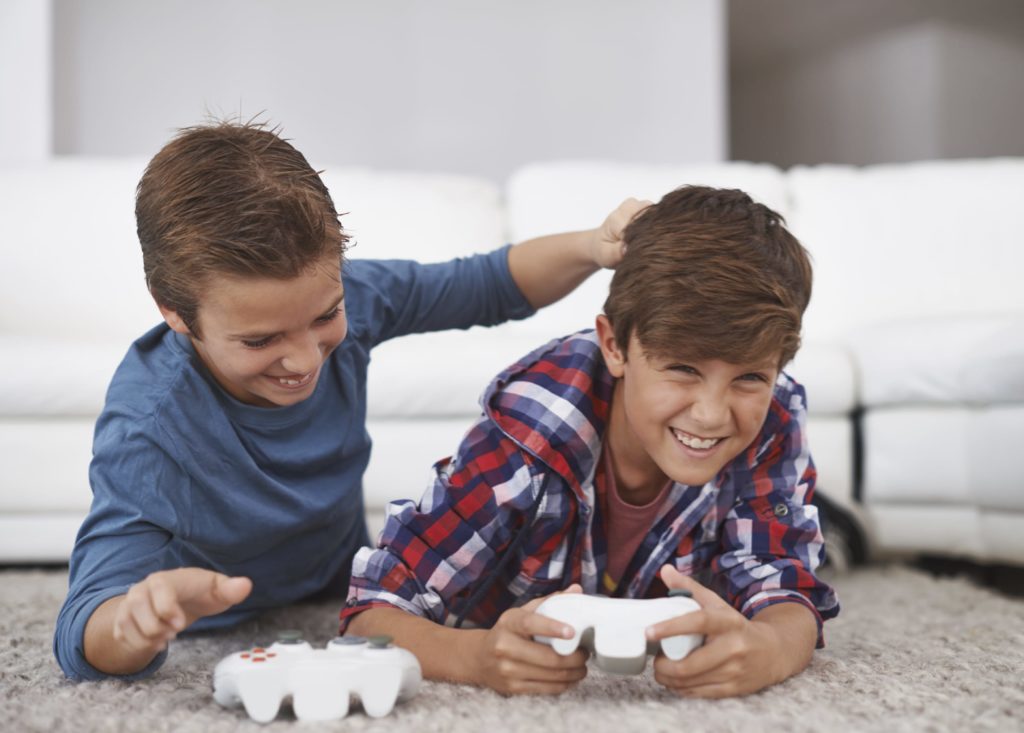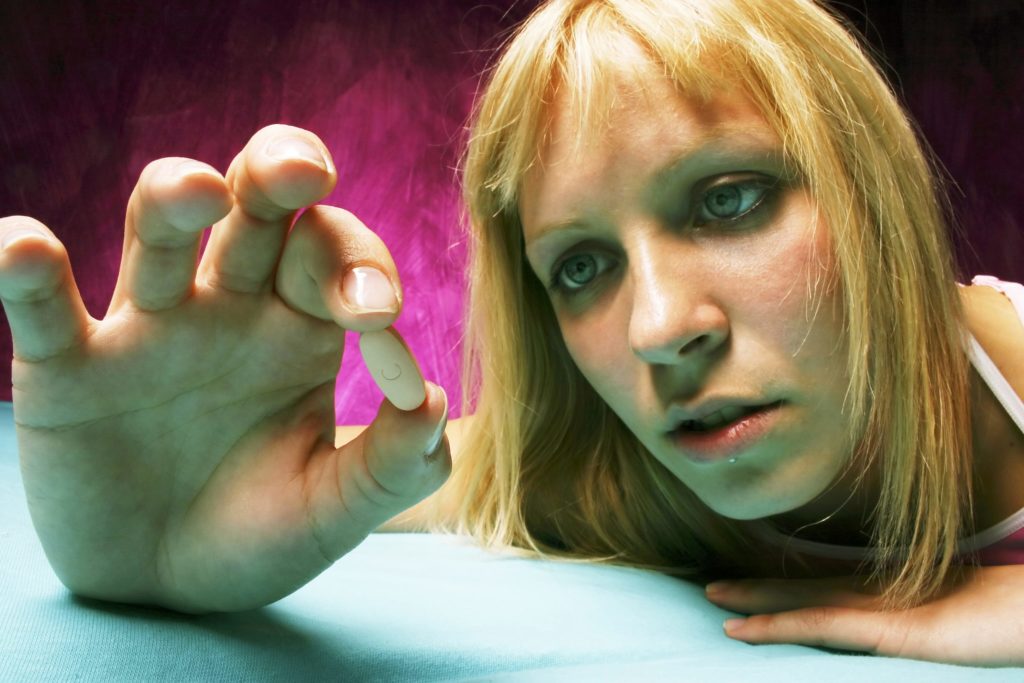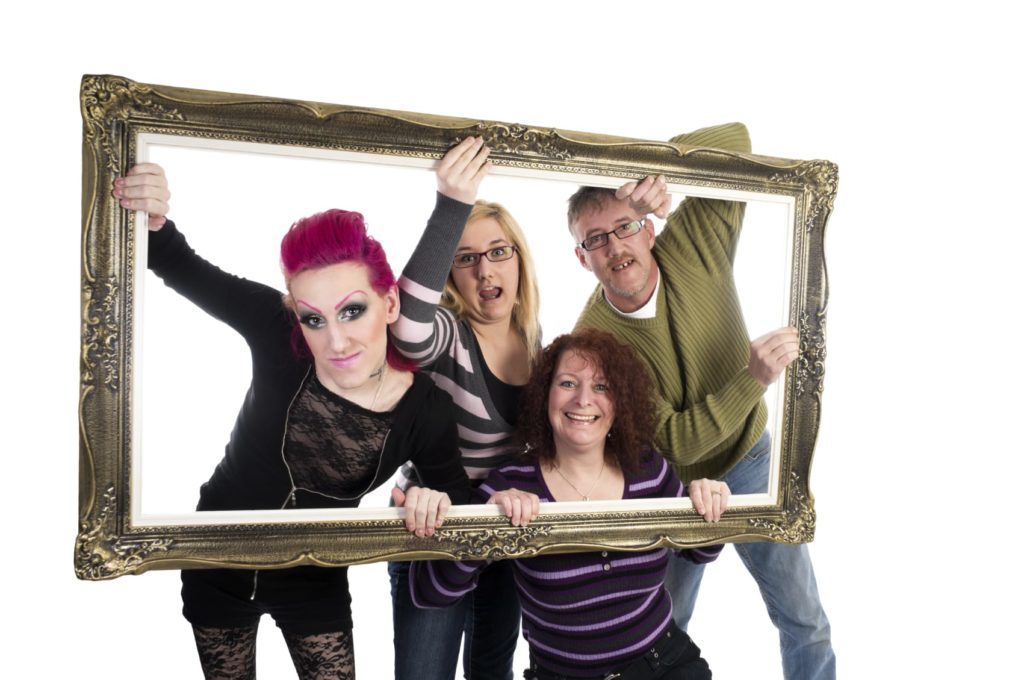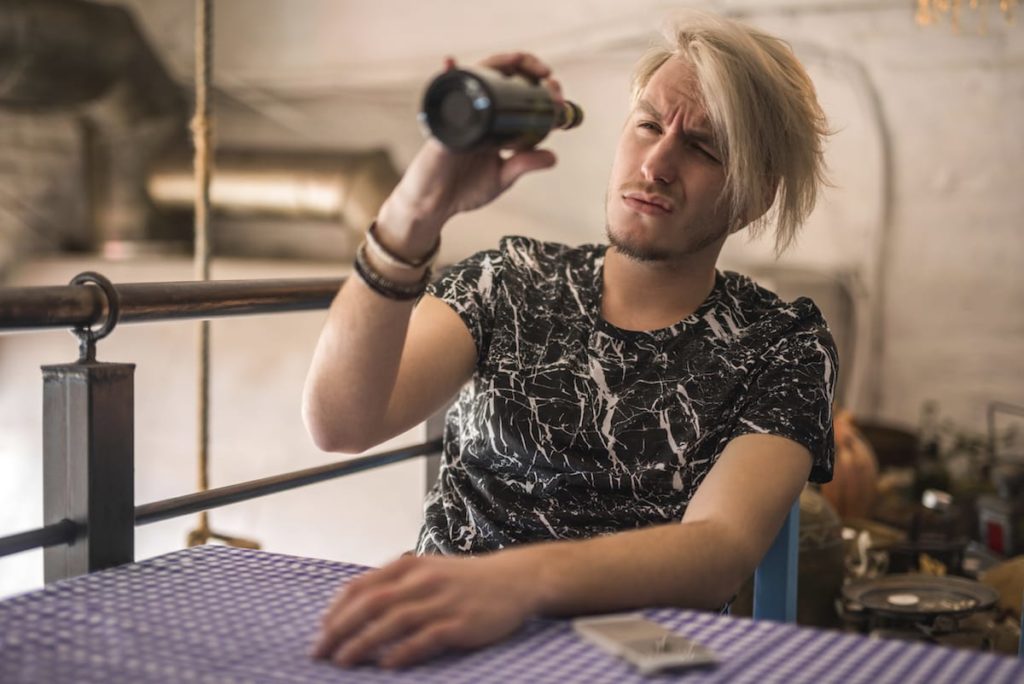Recent findings from a team of American researchers point to steeply increased alcohol addiction risks in teenagers who combine alcohol with energy drinks. Teenagers who start consuming alcohol before the age of 15 have sharply increased chances of developing alcohol use disorder (an officially diagnosable condition that includes both non-dependent alcohol abuse and alcohol addiction or alcoholism). In a study published in December 2014 in The Journal of Pediatrics, researchers from Dartmouth College’s Geisel School of Medicine assessed the impact that consumption of high-caffeine energy drinks has on teens’ alcohol use disorder risks. These researchers concluded that adolescents who mix alcohol and energy drinks experience a steep rise in their exposure to diagnosable alcohol problems.
Teenagers and Drinking
Today’s teenagers drink substantially less often than past generations of teens, according to recent figures compiled by the National Institute on Drug Abuse and the University of Michigan. Despite this, drinking is still quite common, especially among older teenagers. Over a third (37.4 percent) of all U.S. 12th graders consume at least some alcohol in a typical month, and almost a quarter (23.5 percent) of all 12th graders get drunk at least once in a typical month. For 10th graders, the rates of monthly drinking and monthly drunkenness are 23.5 percent and 11.2 percent, respectively. Nine percent of eighth graders consume alcohol in the average month, and 2.7 percent of eighth graders drink to the point of intoxication. A teenager who starts drinking before his or her 15th birthday has lifetime risks for alcohol use disorder that are fully 400 percent higher than the risks found in people who don’t start drinking before reaching legal age. These individuals are far more likely to need alcohol abuse treatment to overcome their addiction. Whether or not they start drinking before the age of 15, teenagers also have a relatively high level of involvement in binge drinking, a practice defined by its rapid production of a blood-alcohol content of 0.08 percent (the legal definition for drunkenness) or higher. The full gamut of alcohol-related harm for adolescents includes fatal alcohol poisoning, fatal accidents, sexual assault exposure, physical assault exposure, impaired memory, altered brain growth and development, serious conduct problems, diminished academic performance and increased involvement in other forms of substance use.
Energy Drinks and Alcohol
Energy drinks get their name because they contain large amounts of caffeine or caffeine-like substances capable of masking the effects of sleepiness and fatigue. Unfortunately, in an alcohol consumer, energy drinks can also substantially mask the effects of rising intoxication. This means that people who combine alcohol and energy drinks don’t feel as drunk as they actually are and may subsequently increase their overall alcohol intake by a significant amount in any given drinking session. In addition to increasing risks for impairing drunkenness, the combination of alcohol and energy drinks can also diminish the body’s ability to process and eliminate alcohol by triggering a heightened level of dehydration.
Impact on Alcohol Use Disorder Risks
In the study published in The Journal of Pediatrics, the Geisel School of Medicine researchers used data gathered from 3,342 people between the ages of 15 and 23 to help determine if the combined use of alcohol and energy drinks increases the odds that a teenager will develop alcohol use disorder in adolescence or early adulthood. A screening tool called the Alcohol Use Disorders Identification Test (AUDIT) was used to detect indications of diagnosable alcohol abuse and/or alcoholism. The researchers found that almost one in 10 (9.7 percent) of the 15-, 16- and 17-year-old study participants had combined alcohol with energy drinks at least once. Compared to their counterparts who drank but did not consume energy drinks, these teenagers had substantially higher chances of getting involved in drunkenness-producing binge drinking. Compared to their counterparts who never combined alcohol and energy drinks, these teens also had a 300 percent higher chance of receiving an alcohol use disorder diagnosis by the time they reached the age of 23. The study’s authors believe that their work helps identify a group of teens clearly at risk for developing diagnosable alcohol problems and thereby gives public health officials information that can improve the effectiveness of anti-drinking campaigns. They point to a need for additional research that explores the methods used to advertise energy drinks to teenagers, as well as the ways in which teens perceive the implicit and explicit links between energy drink ads and alcohol consumption.






